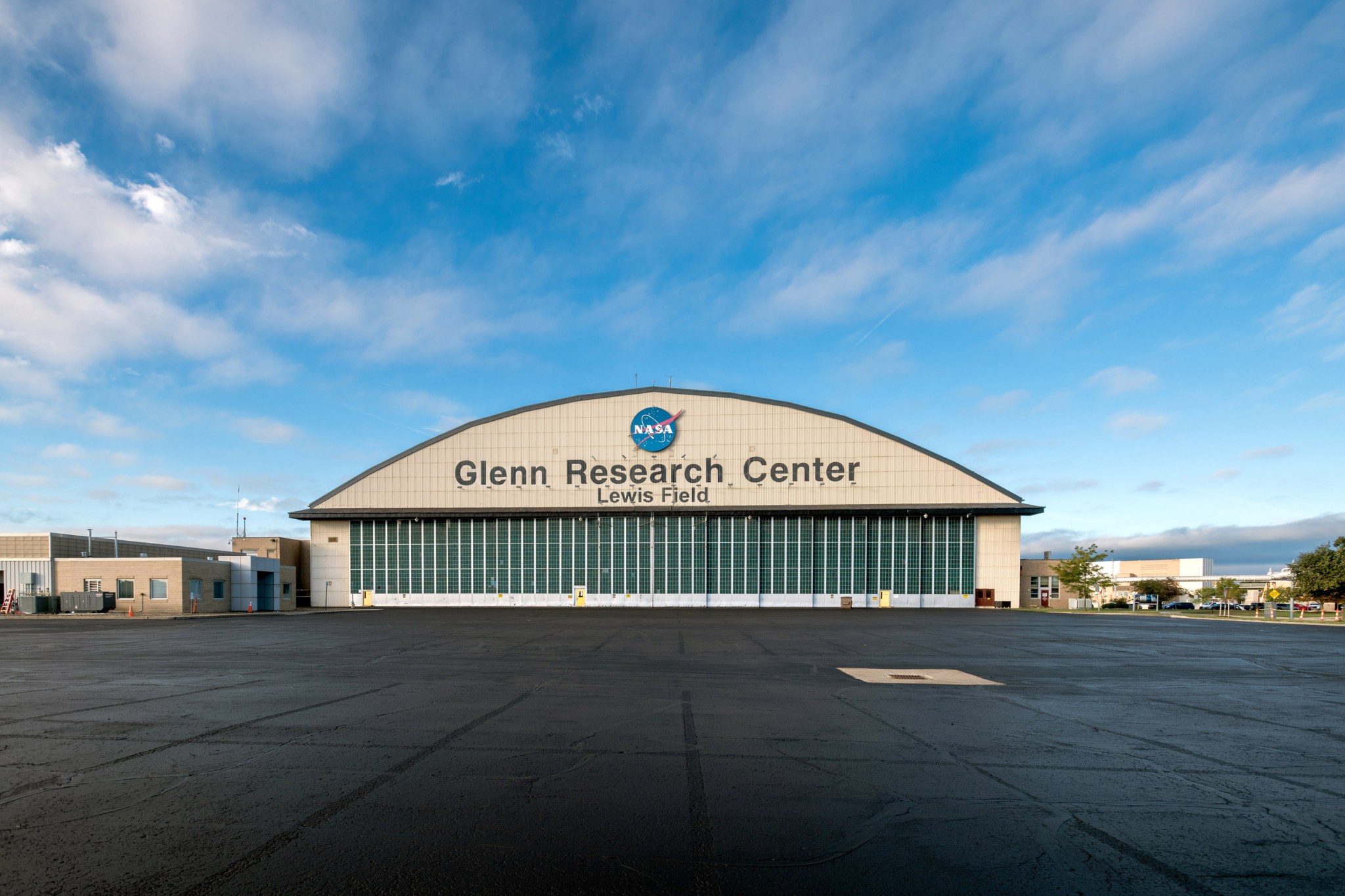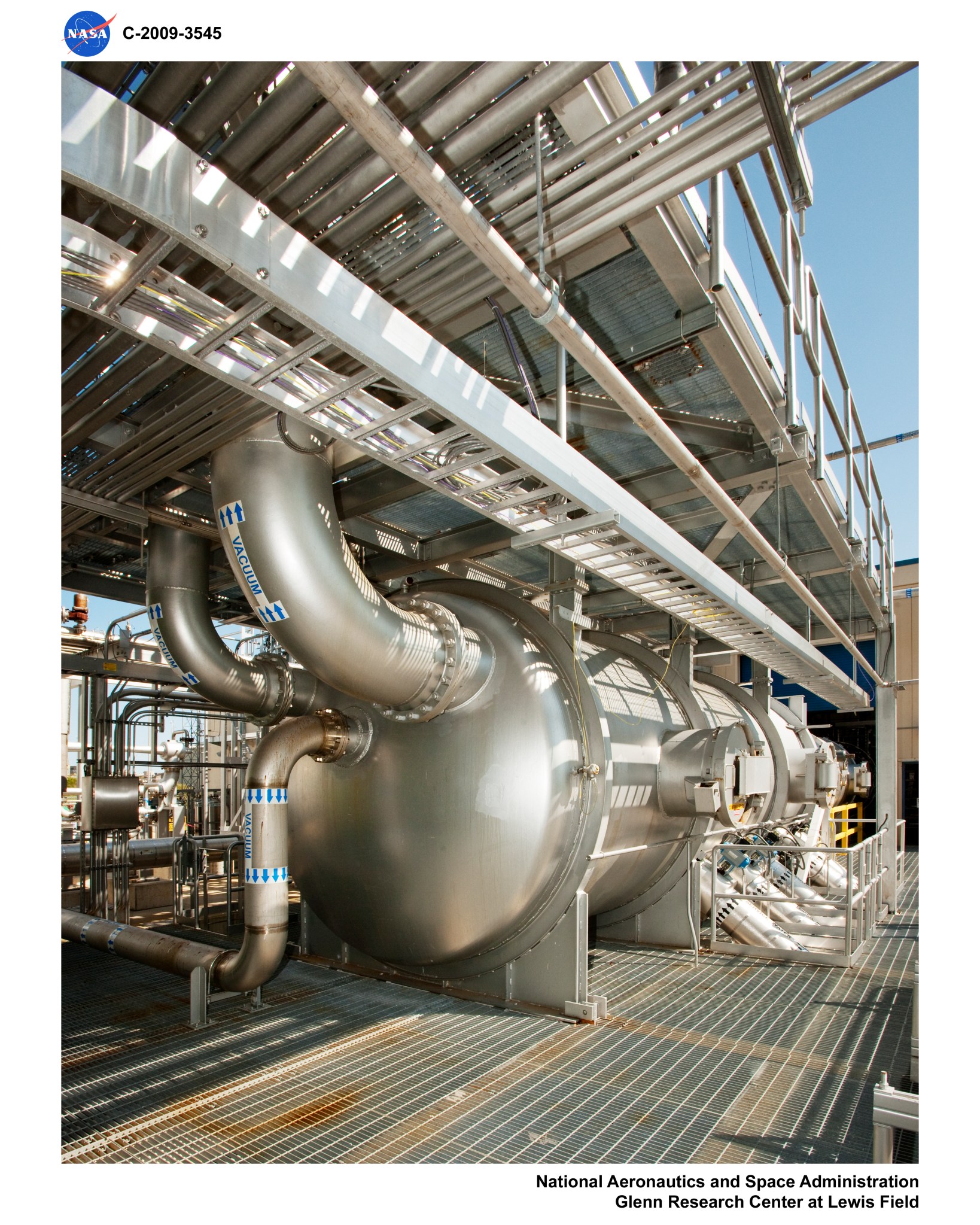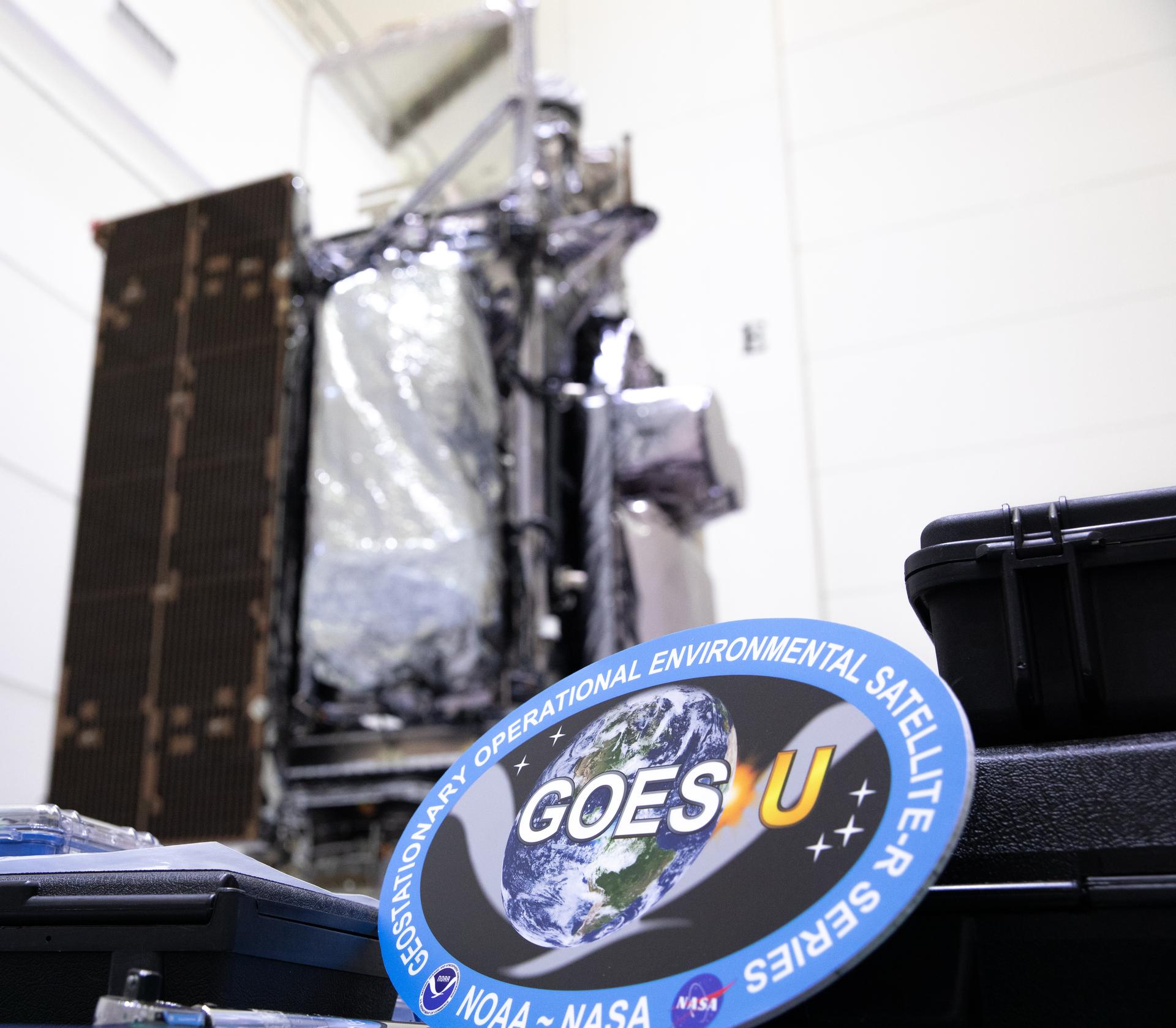3 min read

As NASA advances its aviation and spaceflight missions, its facilities and infrastructure need to evolve along with them. NASA centers, including Glenn Research Center in Cleveland, must find ways to reduce the cost of maintaining assets they aren't currently using.
Toward this goal, NASA Glenn is offering opportunities to lease assets it no longer uses. These Enhanced Use Lease (EUL) agreements will allow space, aeronautics, and other related industry to use Glenn land and facilities in direct support of NASA's mission. It's an arrangement that could bring some of the best minds in aerospace closer together, spurring innovation.
"We want to strategically align Glenn's unique aircraft and spacecraft testing assets with the aviation industry and emerging commercial market," said Carlos Flores, NASA Glenn's Strategic Planning Branch chief. "Our hope is to expand partnerships, accelerate innovation, and create regional economic opportunities."

Flores said there are many advantages for commercial entities to lease NASA facilities. These partners will have more access to resources-such as other facilities and technical expertise- than those outside the gate.
"Once a company or university gets a foot in the door, it is very possible they will discover other assets and expertise they can leverage," Flores said.
Glenn identified four facilities in Cleveland and one in Sandusky, Ohio, that will be considered under the EUL authority. They include:
- Cryogenics Components Laboratory
- Altitude Combustion Stand
- Administration Building
- 2.2 Second Drop Tower
- Flight Research Building
In March, Glenn released an Announcement for Proposal, or AFP, to the public soliciting offers for the use of the Cryogenics Components Laboratory at NASA's Neil Armstrong Test Facility in Sandusky. An AFP is expected for the Altitude Combustion Stand in Cleveland within a couple of months.
Glenn and other NASA centers continually work to align their facilities and infrastructure with the Agency Master Plan, which serves as a roadmap for future development and redevelopment of agency property.

To align with the Agency Master Plan, Glenn must reduce its "maintenance gap," which is the amount of property owned versus the amount of property the center can afford to maintain.
"The maintenance gap is one of the realities we face in an environment of current and future budget constraints," Flores said.
While demolition is sometimes the easiest way to reduce square footage and maintenance costs, leasing can be a viable option for buildings that do not fit the demolition criteria.
"EULs will not only reduce the maintenance gap and the square footage we are responsible to maintain, but they will also enable us to create strategic partnerships and utilize revenue from the base rent for repairs to infrastructure," Flores said.









